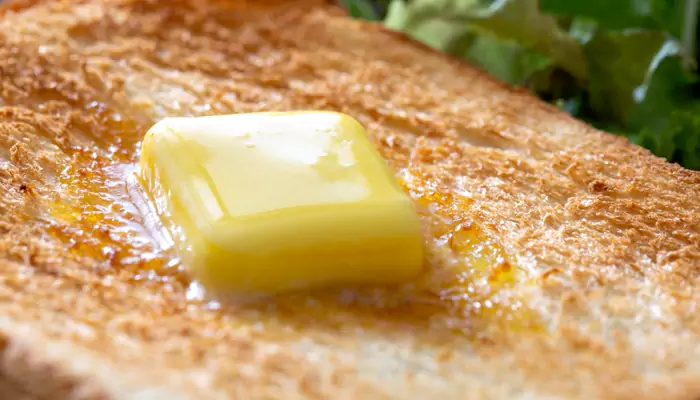
Pro tip: Use good quality butter
There's nothing more disappointing than bad mashed potatoes. Whether they're gluey, tasteless, or runny, a poorly made mash can ruin an otherwise perfect meal. But fear not! With a few simple tips and tricks, you can turn your mashed potatoes into a dish that steals the show.
When it comes to mashed potatoes, not all spuds are created equal. For the best results, you need a mix of starchy and waxy potatoes. Starchy potatoes like Russets are great for a fluffy texture but can be a bit bland on their own. Enter Yukon Golds—these all-purpose potatoes add a buttery flavor and help avoid water retention. A 50/50 mix of these two will give you the perfect balance of flavor and texture.
Butter is the secret to rich, creamy mashed potatoes. Don’t settle for margarine or your everyday spreadable butter. Splurge on high-quality, real butter. For more control over your seasoning, use unsalted butter and add salt to taste. Want to make it even creamier? Don’t be shy about adding more butter. Some chefs use a ratio of half a pound of butter for every pound of potatoes!
How you cut your potatoes can make a big difference. Cut them into large, even chunks—about the size of half a kiwi. This helps them cook evenly without soaking up too much water, which can lead to gluey mash. Avoid cutting them too small or leaving them whole, as this can cause uneven cooking.
Boiling your potatoes to perfection is key. For those large chunks, aim for around 20 minutes of cooking time. Test them with a fork or knife; they should be tender but not falling apart. Undercooked potatoes will give you chunky mash, while overcooked ones will turn gooey.

For smooth, lump-free mashed potatoes, use a ricer or food mill. These tools help avoid over-mashing, which can break down starches and make the potatoes sticky. If you prefer a chunkier texture, a traditional potato masher works just fine.
Always start cooking your potatoes in cold water. This ensures even cooking, preventing the outside from overcooking while the inside remains undercooked. Bring the water and potatoes to a boil together, then reduce to a simmer until they’re done.
Cold dairy can stiffen your potatoes and make mixing difficult. Warm your milk, cream, or butter before adding them to the potatoes. This ensures a smooth, creamy mash. You can gently heat the dairy in a double boiler or microwave.
While warming your dairy, why not infuse it with extra flavor? Add fresh herbs like parsley, rosemary, sage, or basil. Roasted aromatics is another great option for a savory kick. Just strain out any solids before mixing with the potatoes.
Seasoning your water with salt right from the start helps the potatoes absorb flavor as they cook. Use about 1 tablespoon of salt per pound of potatoes. This simple step makes a big difference in the overall taste of your mashed potatoes.
Mashed potatoes are best served immediately to maintain their creamy texture. If they sit too long, they can become stiff. If you can’t serve them right away, keep them warm in a slow cooker, double boiler, or insulated container.
For a restaurant-quality finish, add a touch of garnish. Fresh herbs like chives, parsley, or thyme not only add color but also a burst of freshness. A little garnish can make your mashed potatoes look as good as they taste.